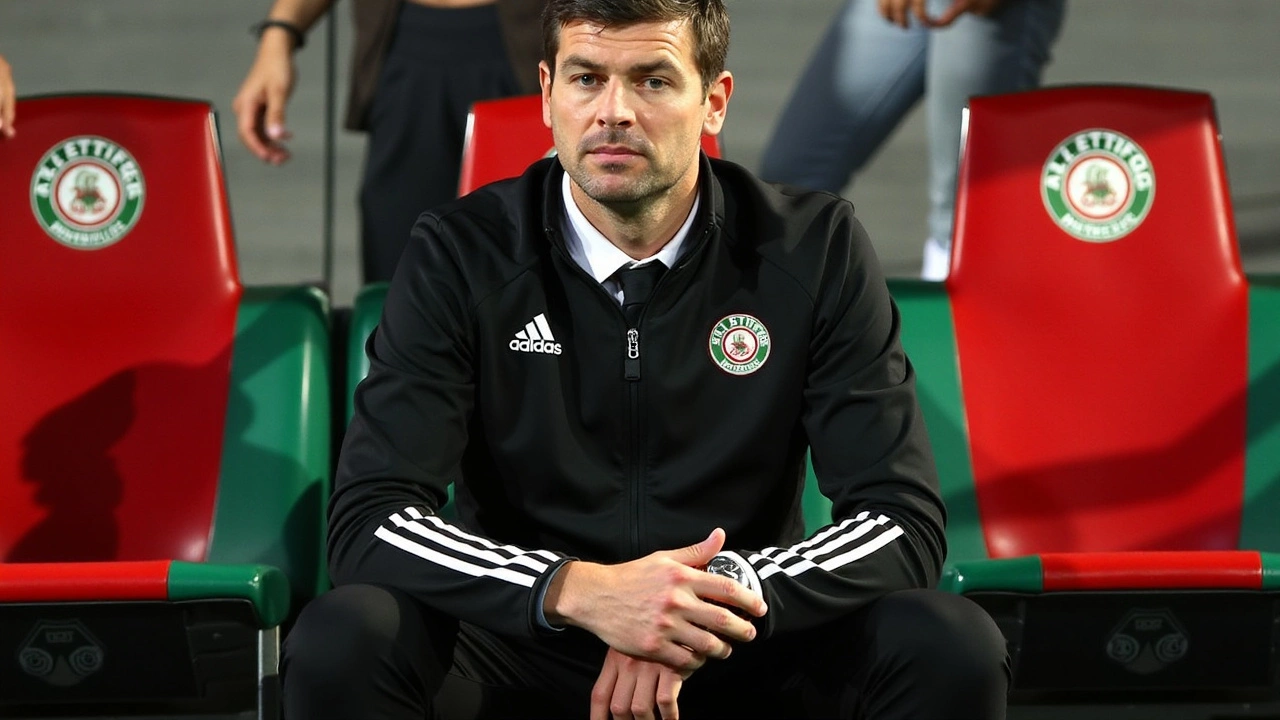Football Management
When diving into football management, the art of steering a soccer club’s on‑pitch performance and off‑pitch business. Also known as soccer management, it blends tactical know‑how, player recruitment and financial planning. Closely linked is the role of a coach, who shapes training routines and matchday decisions. The transfer market supplies the talent pipeline, while a strong youth academy builds future stars. Together they form the backbone of any successful club.
In practice, football management encompasses several key activities. First, it requires a clear tactical vision—defining formation, pressing style and set‑piece routines. Second, budgeting is essential; managers must balance wage bills, scouting costs and stadium upgrades without overspending. Third, talent development ties directly to long‑term success: a thriving youth academy can cut transfer fees and create a club identity. Coaching influences every step, from daily training drills to in‑game substitutions, while the transfer market offers the chance to fill gaps quickly. These pieces aren’t isolated; a smart manager aligns scouting reports with tactical needs and budget constraints, ensuring that each new signing supports the overall game plan.
What you’ll find
Below you’ll discover articles that break down the latest coaching trends, analyze high‑profile transfer deals, and showcase clubs that excel at nurturing home‑grown talent. Whether you’re curious about how a top‑flight manager structures a season or you want actionable tips for your own amateur side, the collection gives you a well‑rounded view of modern football management. Keep reading to see real‑world examples, expert commentary, and the kind of insights that can help you understand the game beyond the scoreboard.
